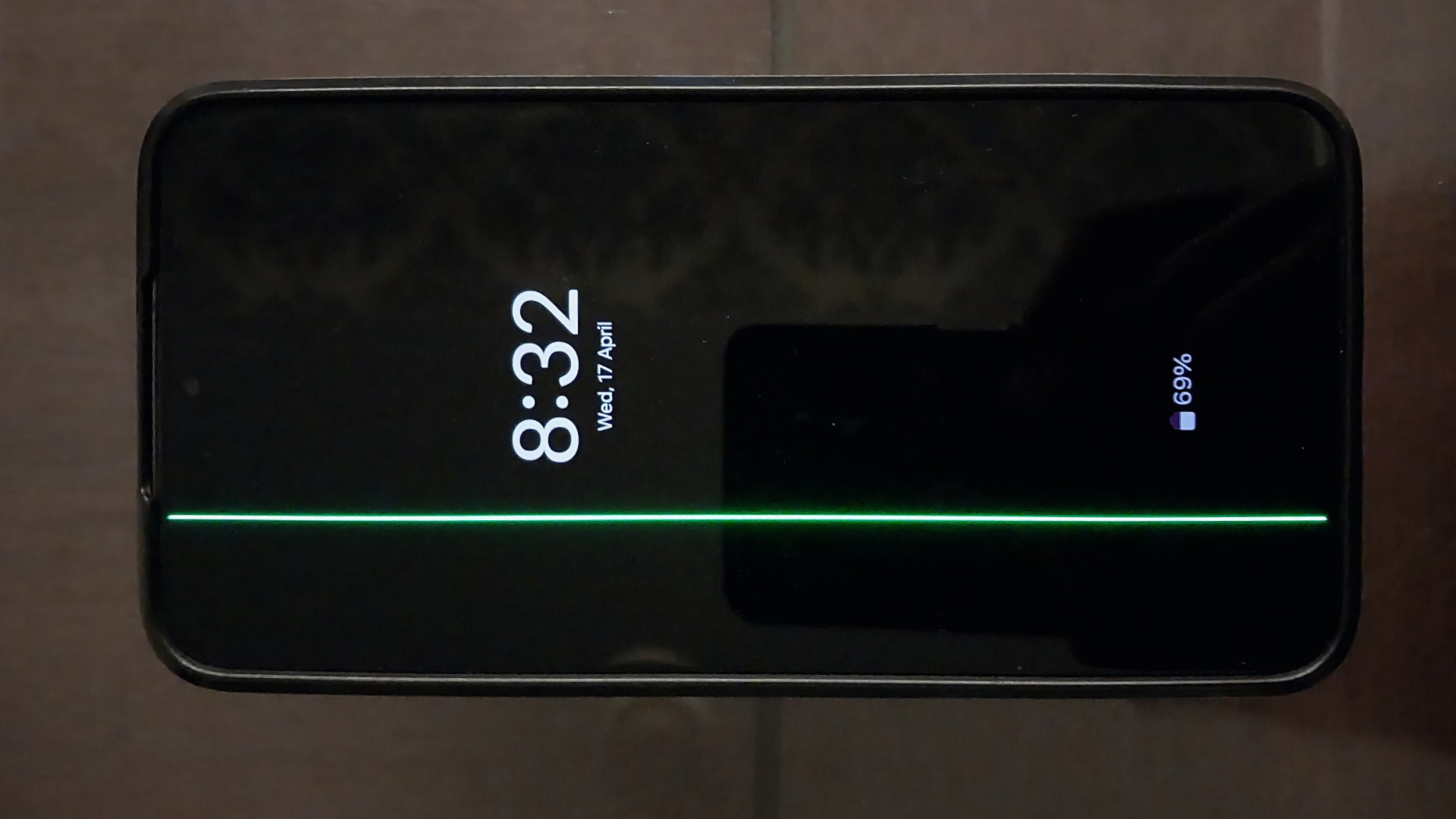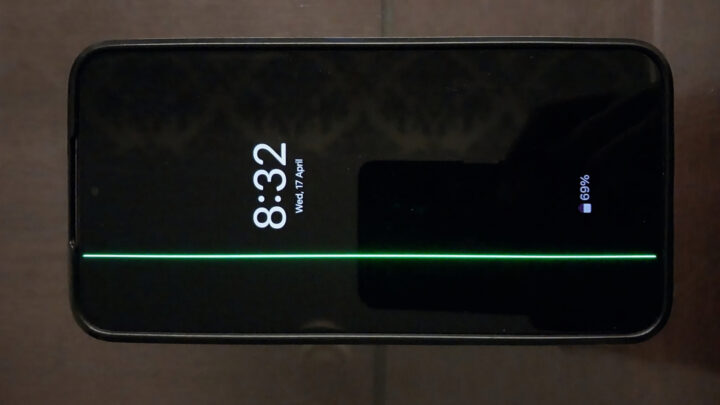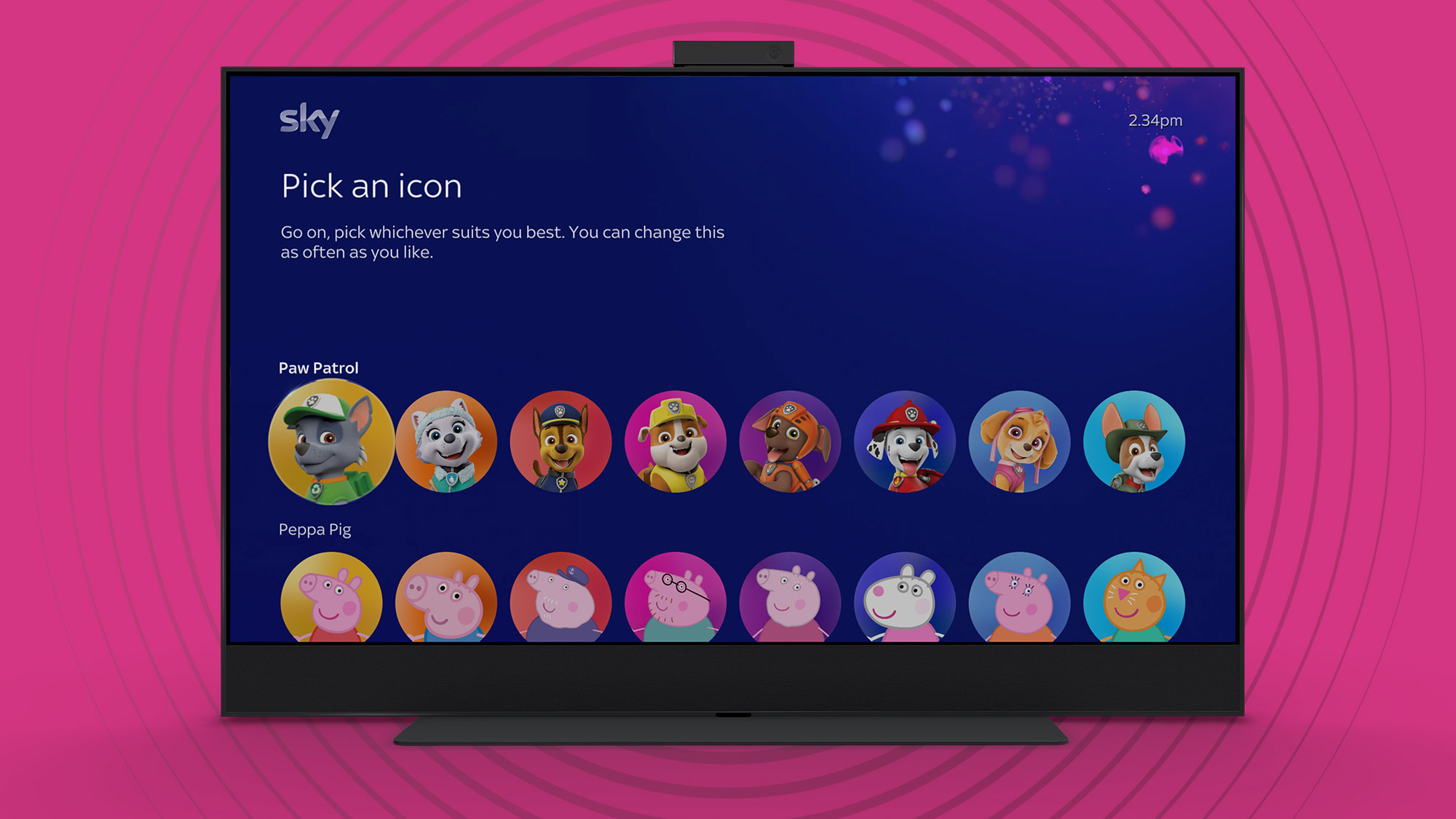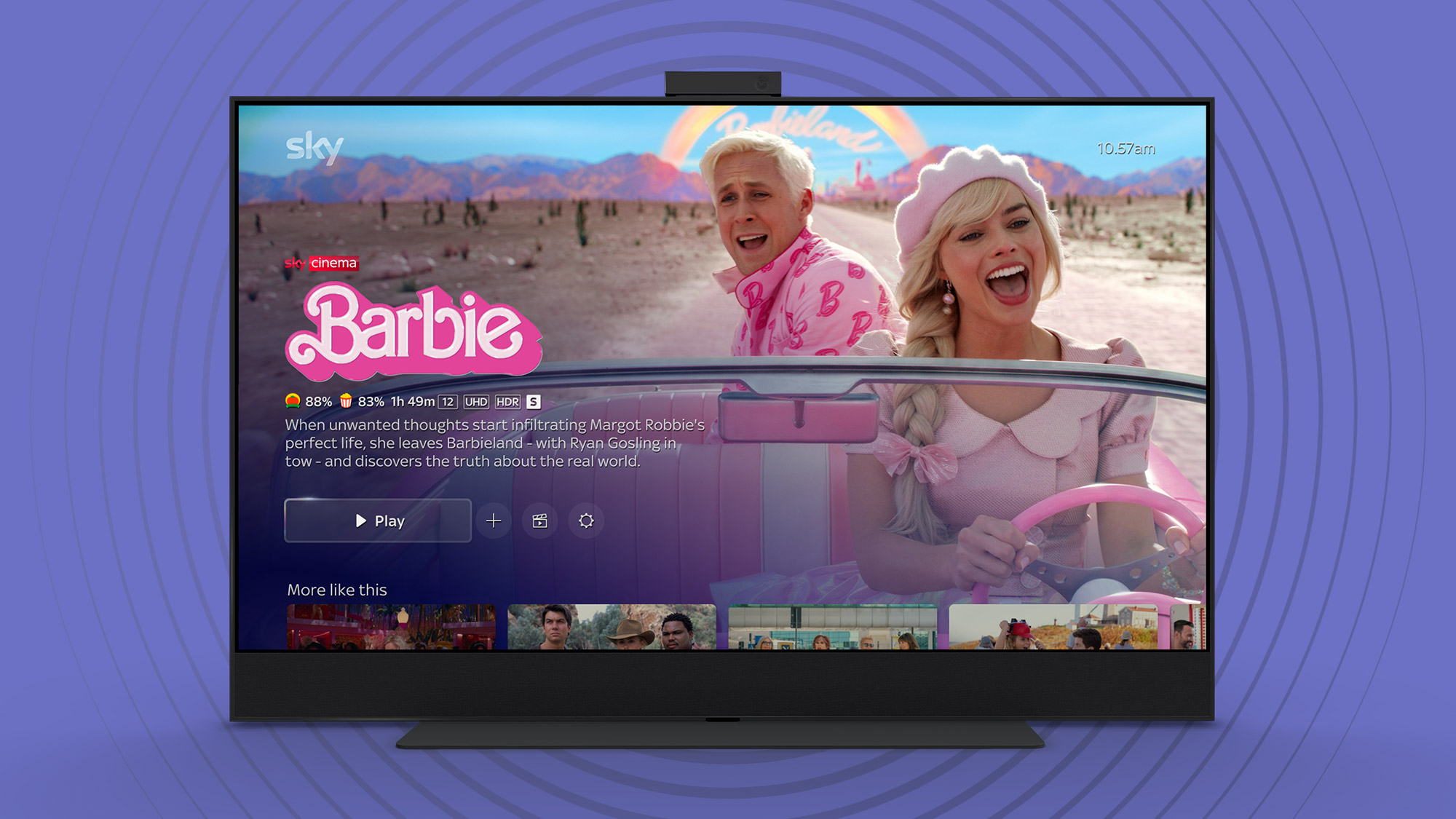[ad_1]
 Upgraded versions of Logic Pro for iPad and Mac will give musicians and music producers new tools for crafting killer tracks.
Upgraded versions of Logic Pro for iPad and Mac will give musicians and music producers new tools for crafting killer tracks.
New features in Apple’s pro audio software — Logic Pro for iPad 2 and Logic Pro for Mac 11 — include:
- Session Players, which puts virtual musicians in the mix.
- Stem Splitter, which producers extract drums, bass, vocals and other instruments from audio files.
- ChromaGlow, a processing tool designed to bring analog “warmth” to digital tracks.
“Logic Pro for iPad turns things up for music producers,” said Will Hui, Apple’s product manager for creative apps, in a prerecorded video Tuesday. “Designed for everyone from emerging to established artists, Logic Pro for iPad has delivered the entire studio experience with the simplicity of touch. Logic Pro 2 is so exciting — and it’s smarter than ever.”
Logic Pro 2 for iPad and Logic Pro 11 for Mac
The announcement came during Apple’s iPad-focused “Let Loose” event. During the streamed product launch, which the company touted as “the biggest day for iPad since its introduction,” Apple unveiled next-gen iPad Pros powered by a new M4 chip as well as new iPad Air models, an updated Magic Keyboard for iPad Pro and an all-new Apple Pencil Pro stylus.
Logic Pro for iPad 2 and Logic Pro for Mac 11 build on Apple’s foundation of pro-level software for creatives. And, like everything Apple announces these days, they emphasize the power of AI that’s built into the company’s hardware and software.
“Logic Pro gives creatives everything they need to write, produce, and mix a great song, and our latest features take that creativity to a whole new level,” said Brent Chiu-Watson, Apple’s senior director of apps worldwide product marketing, in a press release Tuesday. “Logic Pro’s new AI-backed updates, combined with the unparalleled performance of iPad, Mac, and M-series Apple silicon, provide creative pros with the best music creation experience in the industry.”
The new features in Logic Pro aren’t exactly groundbreaking. Other software tools and plugins offer similar functionality. But by baking these into its music-making software, Apple adds even more functionality to an already-capable app.
Session Players
Apple calls Session Players “a personalized AI-driven backing band.” The feature builds on Drummer, a longstanding feature of Logic Pro, adding a virtual Bass Player and Keyboard Player to the mix.
“Session Players augment the live-playing experience while ensuring artists maintain full agency during any phase of their music-making process,” the company said.
Here’s more on the specifics of Apple’s new virtual musicians:
Bass Player was trained in collaboration with today’s best bass players using advanced AI and sampling technologies. Users can choose from eight different Bass Players and guide their performance with controls for complexity and intensity, while leveraging advanced parameters for slides, mutes, dead notes, and pickup hits. Bass Player can jam along with chord progressions, or users can choose from 100 Bass Player loops to draw new inspiration. With Chord Track, users can define and edit the chord progressions to a song, and the virtual Bass Player will follow along perfectly. Plus, with Studio Bass plug-in, users gain access to six new, meticulously recorded instruments, from acoustic to electric — all inspired by the sounds of today’s most popular bass tones and genres.
With Keyboard Player, users can choose from four different styles, designed in cooperation with top studio musicians and made to accompany a wide variety of music genres. Keyboard Player can play everything from simple block chords to chord voicing with extended harmony — with nearly endless variations. Like Bass Player, Chord Track adds and edits the chord progression of the song, so Keyboard Player follows along. Using Studio Piano plug-in, users can select additional sound-shaping options, with the ability to adjust three mic positions, pedal noise, key noise, release samples, and sympathetic resonance.
Stem Splitter
The new Stem Splitter feature in Logic Pro 2 for iPad and Logic Pro 11 for Mac give musicians and music producers a way to separate existing recordings into four basic elements: drums, bass, vocals and other instruments.
Apple describes the feature as a way to work with your own recordings. However, it should come in handy for anybody wanting to disassemble hit songs into their component parts.
Here’s Apple’s description of the feature:
Most musicians perform their best without the pressure of a formal studio session. These moments are often found in Voice Memos recordings, an old demo cassette tape, or are captured from a live show. Listening back, these recordings can reveal magical performances that are nearly impossible to re-create, making them lost to time. Now, with Stem Splitter, an artist can recover moments of inspiration from any audio file and separate nearly any mixed audio recording into four distinct parts: Drums, Bass, Vocals, and Other instruments, right on the device. With these tracks separated, it’s easy to apply effects, add new parts, or change the mix. Powered by AI and M-series Apple silicon, Stem Splitter is lightning fast.
ChromaGlow: Dial in the Perfect Tone
Apple pitches the new ChromaGlow feature in Logic Pro 2 for iPad and Logic Pro 11 for Mac as a way to “dial in the perfect tone.”
The feature attempts to make up for one of the major shortcomings of digital recording: a lack of analog “warmth” achieved by recording on actual tape and using analog equipment like tube amps.
The new Logic Pro feature will use digital models of classic music gear to produce the effect, Apple says:
ChromaGlow models the sounds produced by a blend of the world’s most revered studio hardware by leveraging AI and the power of M-series Apple silicon. Users can dial in the perfect tone with five different saturation styles to add ultrarealistic warmth, presence, and punch to any track. They can also choose from modern clean sounds, nostalgic vintage warmth, or more extreme styles that can be shaped and molded to taste.
Logic Pro 2 for iPad and Logic Pro 11 for Mac: Pricing and availability.
The new versions of Logic Pro will hit the App Store on May 13 as free updates for existing users, Apple said.
Logic Pro for Mac 11 will cost $199.99 for new users on the Mac App Store. It requires macOS Ventura 13.5 or later.
Logic Pro for iPad 2 will cost $4.99 per month or $49 per year, with a one-month free trial for new users. It requires iPadOS 17.4 or later.
[ad_2]
Source Article Link



 May 4, 2011: Reports circulate that Apple is negotiating with carriers to bring over-the-air updates to iOS, beginning with iOS 5.
May 4, 2011: Reports circulate that Apple is negotiating with carriers to bring over-the-air updates to iOS, beginning with iOS 5.
















